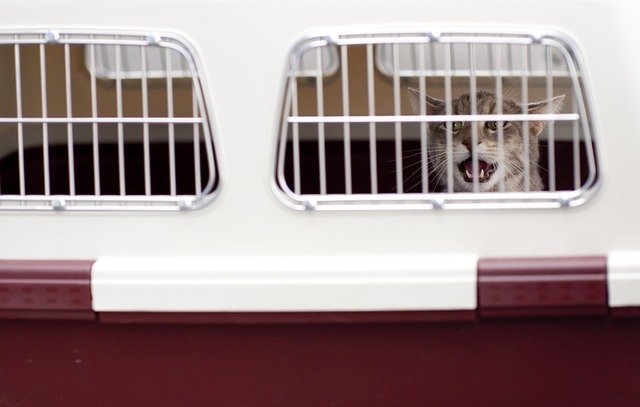
Whether you opted for land or air transportation for your pet, using an appropriate kennel is important to keep the animal safe, comfortable and easily handled by shipping personnel during transit. Furthermore, a crate that your pet has gone accustomed to will minimize the stress brought about by the transportation process. Here are some guidelines on choosing the right pet crate.
Size
Choose a pet kennel that is large enough to comfortably accommodate your pet. The crate should allow space for the animal to sit, stand, lie down, and turn around with ease. Pets are best shipped in individual crates. While there are kennels that can accommodate several animals at once, it is best to keep the animals separated with dividers to give them comfortable space. Pug-nosed pets should be placed in a much larger crate than their size to help them breathe properly.
Materials
Apart from comfort to the animals, pet crates should be sturdy enough to protect the pets during transit. Use crates that are made from rigid and non-toxic materials as some animals tend to chew on stuff when under stress. Ideal kennels are those made from wood, plastic, and metal, as these are usually the required kennels by most airlines and carriers.
Key Features
A pet carrier should not have wheel-less to keep it stable and in place throughout the shipping process. It should also have handles to allow shipping personnel to carry the crate with ease. The carrier’s door should also be equipped with a secure latch to keep it close. The door should not have a lock that would be difficult to open in case of emergency.
Once you have picked the appropriate carrier for your pet, you need to prepare it properly for travel. Here are some important tips that will help make the carrier fit for transport:
Attach appropriate labels and information on the kennel. Apart from your contact information and labels such as “LIVE ANIMAL” and “THIS SIDE UP,” don’t forget to include the name and a current picture of your pet, along with handling instructions such as information on how to pacify the animal when stressed.
Make sure food and water containers are securely attached to the kennel. It should be in a spot where shipping personnel can easily access without having to open the crate’s door. Tie a bag of dry food and feeding instructions to the door, along with a bottle of water.
To make it easier to spot and identify, add something eye-catching and reflective to the kennel.
